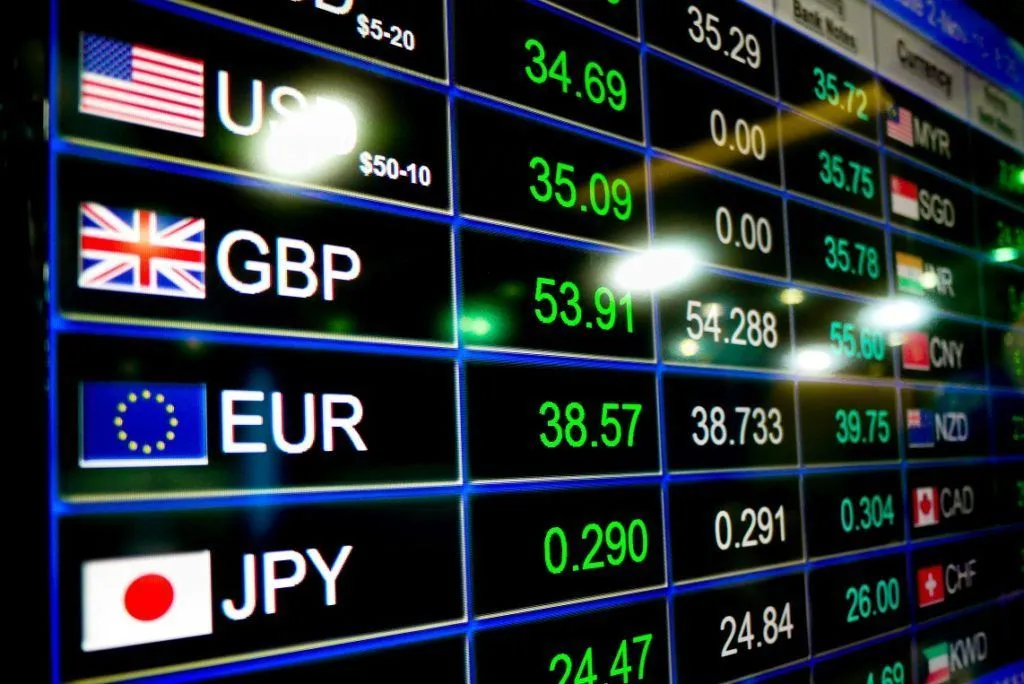In the vast landscape of financial markets, the currency trading market, often referred to as the Forex market, stands out as a dynamic and globally interconnected hub. With trillions of dollars exchanged daily, it offers unparalleled opportunities for traders to capitalize on currency fluctuations. In this comprehensive guide, we will delve into the intricacies of the currency trading market, exploring its fundamentals, key players, and strategies that can help you navigate this dynamic environment.
Understanding the Currency Trading Market
- Overview of the Forex MarketThe currency trading market, or Forex market, is the largest financial market globally. It involves the buying and selling of currencies, with the primary goal of making a profit from changes in exchange rates. The market operates 24 hours a day, five days a week, reflecting the global nature of currency trading.
- Major Participants in the Forex Market
- Banks and Financial Institutions: Central banks, commercial banks, and financial institutions play a central role in the Forex market. They engage in currency trading for various purposes, including managing reserves and facilitating international trade.
- Retail Traders: The rise of online trading platforms has enabled individuals to participate in the currency trading market. Retail traders, including individual investors, speculators, and small businesses, contribute to the overall liquidity of the market.
- Corporate Entities: Multinational corporations engage in currency trading to hedge against exchange rate risks associated with international business operations. They use the Forex market to manage exposure to currency fluctuations.
- Hedge Funds and Institutional Investors: Hedge funds and large institutional investors participate in the Forex market to seek profits from currency movements. Their substantial trading volumes can influence market trends.
Market Fundamentals
- Currency Pairs
- In the Forex market, currencies are traded in pairs. Each currency pair consists of a base currency and a quote currency. For example, in the EUR/USD pair, the Euro is the base currency, and the US Dollar is the quote currency.
- Exchange Rates
- Exchange rates represent the value of one currency in terms of another. These rates are influenced by various factors, including economic indicators, interest rates, geopolitical events, and market sentiment.
- Market Liquidity
- The Forex market is highly liquid, meaning that there is a high volume of trading activity. Liquidity ensures that traders can enter and exit positions with ease, minimizing the impact of transaction costs on prices.
Key Strategies in Currency Trading
- Technical Analysis
- Technical analysis involves studying historical price charts and using various tools and indicators to identify potential future price movements. Traders analyze patterns, trends, and support/resistance levels to make informed decisions.
- Fundamental Analysis
- Fundamental analysis focuses on economic factors, news, and events that can impact exchange rates. Traders assess economic indicators, interest rates, inflation rates, and geopolitical developments to make trading decisions.
- Risk Management
- Effective risk management is crucial in currency trading. Traders use tools like stop-loss orders to limit potential losses and implement strategies to protect their capital from significant downturns.
- Leverage and Margin
- Leverage allows traders to control a larger position with a smaller amount of capital. While it can amplify profits, it also increases the risk of significant losses. Traders should use leverage cautiously and be aware of its impact on their positions.
Challenges and Opportunities in Currency Trading
- Market Volatility
- The Forex market is known for its volatility, which can present both opportunities and challenges. Traders need to adapt to changing market conditions and implement strategies that align with different levels of volatility.
- Global Economic Factors
- Economic events and indicators from around the world can impact currency values. Traders must stay informed about economic releases, central bank decisions, and geopolitical developments to navigate the market successfully.
- Continuous Learning
- The currency trading market is ever-evolving. Successful traders prioritize continuous learning, staying updated on market trends, new strategies, and technological advancements that can impact their trading approach.
Conclusion
The currency trading market represents a captivating and dynamic arena for traders seeking to capitalize on the fluctuations of global currencies. Understanding the fundamentals, key participants, and employing effective trading strategies are essential for success in this vast and interconnected market. Whether you’re a novice or an experienced trader, navigating the currency trading market requires a combination of knowledge, discipline, and adaptability. As you embark on your trading journey, remember that the Forex market’s complexity is matched only by its potential for profitability. Happy trading!
- Get free gym equipment tips from Experts

